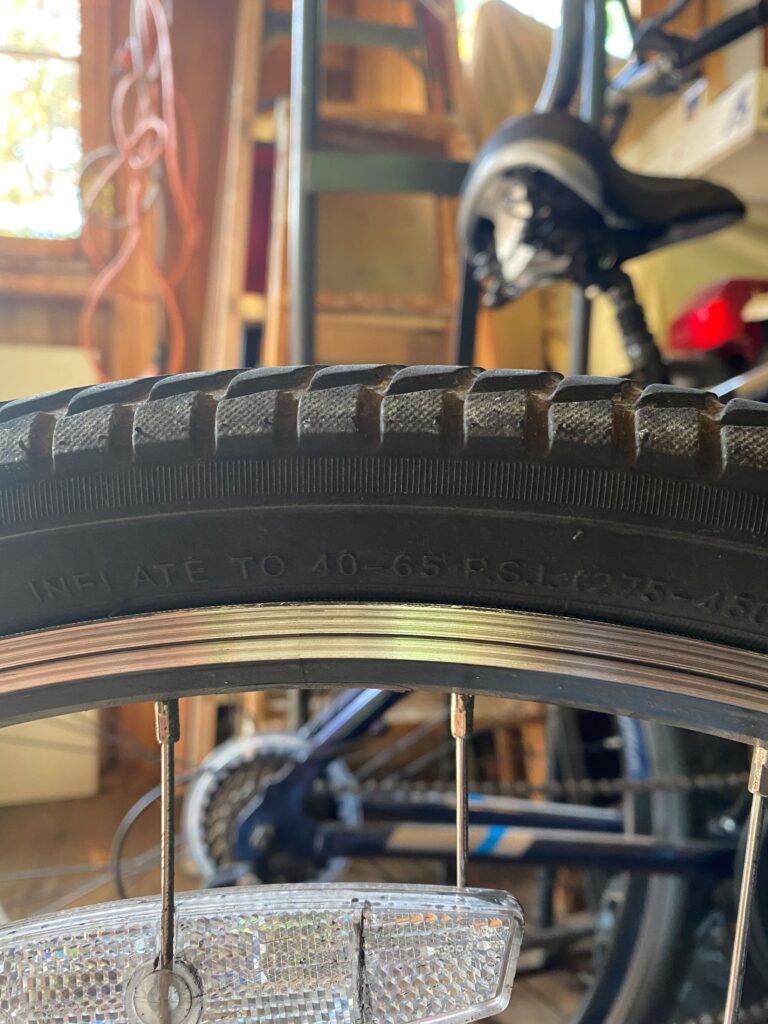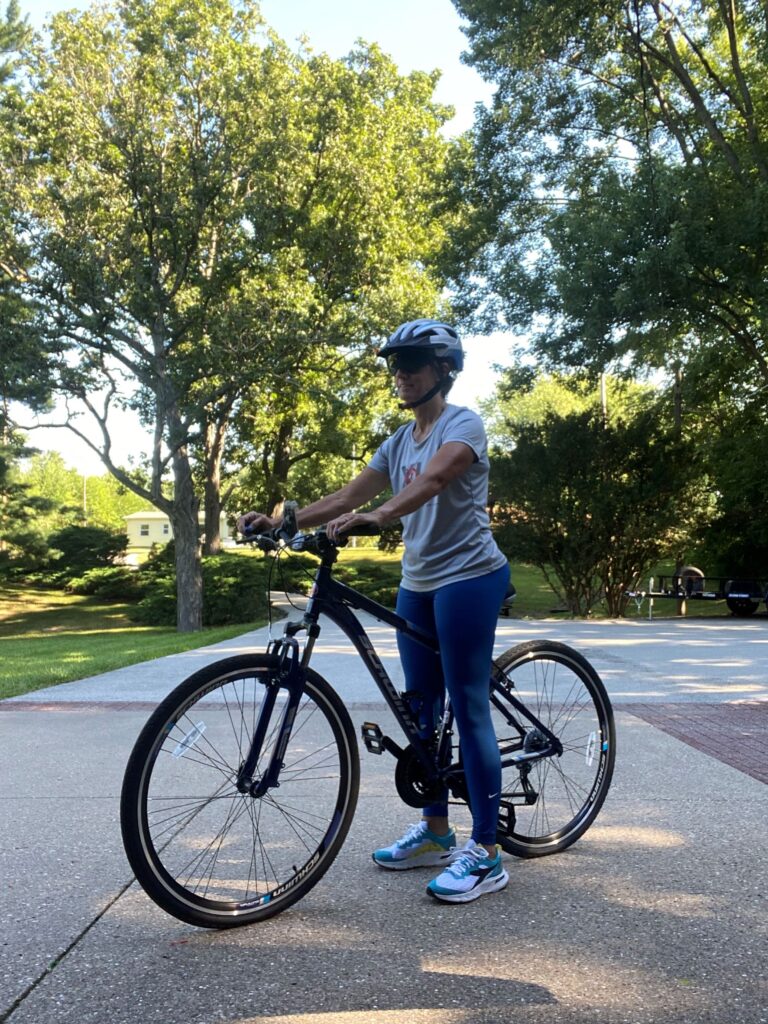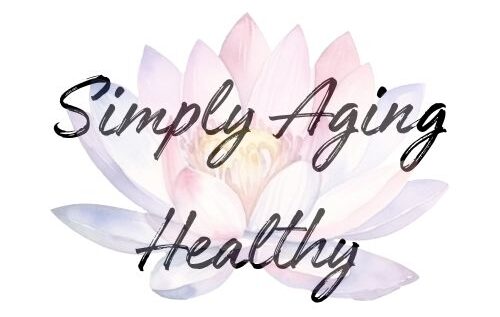Can You Ride A Bicycle With Poor Balance (At 60 Years Old)
Have you been looking at that bike hanging in the garage or sitting in the shed and wondering if you should get back on it?
Maybe you are thinking about learning to ride a bike at 60 but just not sure if you can.
Are you avoiding it because you concerned about riding a bicycle with poor balance? Are you scared of falling?
This can be a real concern as we age.
So, can you or should you ride a bicycle with poor balance?
You can, it shouldn’t stop you from either returning to cycling or beginning a cycling program.
With a little preparation, you can be very successful with riding a bike.
Why Can’t I Balance On A Bike
Do you know what’s causing your poor balance?
Figuring this out first can be helpful in finding the best way to fix it.
Do you have a medical condition such as inner ear infection, diabetes or tinnitus?
Do you take medication that can cause issues with balance?
You may want to get checked out by your doctor and discuss any balance issues. They may be able to adjust any meds or suggest ways to treat an issue that may be causing loss of balance.
Aging alone can cause you to have balance issues. If you don’t strength train, your muscles can weaken, and this can cause problems with balance.
If your balance issues are due to weakness, then you may just need to start doing exercises to help with that.
After a few weeks of doing the exercises, you may feel more confident to hop on a bicycle.
6 Beginner Balance Exercises
If you have poor balance, here are few easy exercises that you can incorporate into your normal daily routine.
1. Standing On One Foot
Start out standing behind a chair or by a wall so that you can have them handy if you start to fall.
Lift one leg off the ground and hold it up as long as you can without holding on to the chair or wall. If you are unable to do this without holding on, then go ahead and use the chair or wall to assist you.
You will want to do the same thing on the other foot. We all have a stronger and a weaker side so don’t be surprised if you can hold one foot up easier or longer than the other.
Then build on that over time. Stand longer or start standing without assist.
2. Sitting And Standing Without Using Hands
This sounds really simple but can be very difficult for a lot of people.
We all need to sit and stand throughout the day. So, you don’t even need to find time to do this one.
When you are in a seated position try to stand up without using the chair for assistance. Do the same thing when you are standing and want to sit down.
You will see that with time this will become easier and easier to do.
3. Heel Toe Walk
Another easy one to fit into your daily routine.
As you are walking try taking your right foot and placing it directly in front of your left foot. Then begin alternating heel to toe as you move forward.
Just imagine you are on a tight rope.
It may be very difficult at first but again it will get easier with practice.
4. Knee Lifts
As you are walking bring your knee up to hip level. Alternate legs as you walk in a straight line.
You will find this to be a little bit more challenging than it looks. But it is great for getting your balance back.
5. Walk Backwards
This is an old trick that I learned in my boxing days.
It can be very challenging at first, but you will find it to get easier the more you do it.
Just stand in an open space where you won’t walk into anything and try to walk backwards in a straight line.
You will start to veer off to one side when you first start doing this but don’t get discouraged. It happens to all of us -eventually you will find it easier to walk backwards in a straight line.
6. Core Strengthening Exercises
Work on core strength. This is very important to balancing. You have to depend on your core.
There are several different ways to strengthen the core from sit ups to planks to side bends.
All of the first 5 exercises above will also work the core.
Don’t be afraid to try yoga, Pilates or tai chi. You may actually find a new fun way to work out.
Bicycle Safety Tips
Now that you have been working on balance exercises and feel a little more confident you need to get prepared to start riding.
When you are first starting to ride, and you are concerned with balance issues you may want to be sure to put on protective gear. This could help to prevent head injuries or getting scrapped up if you fall.
Don’t worry ALL riders fall! This is a true fact so don’t let this stop you from trying.
Just try to protect yourself.
Here are a few safety ideas.
1. Wear Protective Gear
I could go on and on with this one. Trust me a concussion can take you out of the game for a while.
As we age, we have enough memory issues we don’t need to add to the problem. So, grab a helmet. They’re a cheap item. They are so lightweight you won’t even realize you are wearing it.
- Wear Tennis Shoes or Cycling Shoes
Don’t try to start riding with flip flops or sandals – and crocs are definitely not the answer. Just get a pair of tennis shoes or invest in some cycling shoes.
They will be more secure on the pedals because of the rubber soles and if you do need to put your feet down on the ground to stop a fall you won’t have to worry about your shoes falling off or getting tangled up.
- Comfortable clothes
Make sure that your clothes fit comfortably. You don’t want something to tight to prevent you from moving freely or something to lose that may get caught in the chain.
Consider wearing long pants and long sleeves just in case you do fall. This will prevent you from getting all skinned up.
2. Prepare Your Bicycle
When you are first starting out and balance is a problem you need to practice first. To do this you may have to do a few adjustments to your bike.
- Bikes For Balance Issues
When starting out you don’t want to begin on the wrong bike. This can cause you to fail. Make sure that it is a beginner friendly bike.
Start with a bike with wider tires such as a cruiser, hybrid or mountain bike.
A road bike with thinner tires may be too much for a beginner to handle.
- Fill The Tires
Make sure that you have the right amount of air in your bike tires.
If you don’t know how much air you need, it will be imprinted on the side of the bike tire. Mine says “inflate to 40-65 PSI”.

The right amount of air in the tire will make a huge difference in your ride.
- Lower The Seat
Move the seat all of the way down or at least to a height that you can put both feet flat on the ground.
This will help while you are practicing. You will be able to put your feet down if you begin to fall.
- Get to Know Your Brakes
Understand where your brakes are and how to use them before you get started.
Some bikes such as cruisers have brakes on the pedals. You just move the pedals backwards to brake.
Other bikes have brakes on the handlebars.
Check to see which brake on the handlebars is your front brake and which is your back brake. This is very important.
On most bikes the right brake is the back brake. This is the one that you want to use most of the time.
Riding A Bike With Balance Issues
Now it is time to get on that bike. Don’t worry I will walk you through the steps to start riding confidently.

1. Start On A Flat Surface
Find a parking lot, quiet street or park with no cars or little traffic.
This will give you plenty of space to start practicing.
I don’t encourage you to do this on the grass. It could be wet or slippery and cause you to fall.
It could also hide holes or ruts that can trip you up. So, I would just stay on the concrete or black top.
2. Staddle Your Bike
Put one leg over the bike so that your bike is in between your legs. One foot on either side of the bike.
If getting on a bike is difficult, they have bikes that are easier to mount. So, you may want to look into this option,
3. Begin Just Walking With Your Bike
It may be easier to remove the pedals of the bike before you begin walking.
It is easy to remove the pedals so don’t worry if you need to do this. It may save you from getting your legs all banged up.
Lower the seat as low as possible.
Now sit up straight on the seat with your feet flat on the ground.
Just begin walking forward with your bike. This may seem silly, but it will help you to get comfortable with the bike.
As you walk you will feel how the bike moves, this will be the same as when you ride.
Periodically try using your brakes just to get a feel of how the brakes work while the bike is moving.
As you become comfortable with walking try to go a little faster pushing off with your feet.
Be sure to look forward at all times and not down on the ground.
Do this as long as you need to. For some people it is just a short amount of time while others may need a few days of doing this.
4. Now Try Pedaling
Do not panic! Take a deep breath and remember you are going slow, and your feet can touch the ground.
Take the right pedal and rotate it up above the chain.
Put the right foot on the right pedal while the left foot is flat on the ground.
Begin by just keeping the right foot on the right pedal and kicking the left foot on the ground.
This way if you feel unbalanced you won’t fall because you still have one foot on the ground.
When you are comfortable put the left foot on the pedal and begin pedaling the bike with both feet.
Make sure that you are looking straight ahead. DO NOT look down only straight ahead.
Your bike may veer back and forth. That is okay. You will get the hang of it with time.
Use your brakes and your feet as much as you need to. This will prevent you from falling.
The faster you go the easier it is to keep the bike going forward.
Just keep practicing and you will see that you can go further and further.
When you are comfortable with going straight try to go into a turn.
Look ahead to where you are trying to go and do not look down.
If you start to fall, just put the foot down that is on the side you are turning into. So, if you are turning right and start to fall put your right foot down. It will prevent a fall.
Do not focus on falling. Yes, I know a fall can hurt but if you focus to much on falling, trust me you will fall. Relax!
Once you start riding you will probably need to reset your seat. If you keep it in a lower position, it may cause you to have pain in your knees, hands and back.
Conclusion
Don’t be afraid to bicycle with poor balance. The only way to learn is to practice, practice, practice. Get on the bike as often as possible.
If you still don’t feel comfortable on your bike, don’t worry! Just try a stationary bike or a trike. There are many different options for riding with balance issues.
Both are still great options and are much better for you than sitting on the couch eating potato chips.
Starting with one of these options could also help you to improve your balance so that you can start riding outside on 2 wheels.
Just do whatever you are comfortable with so that you stick to riding. You will never regret it!
